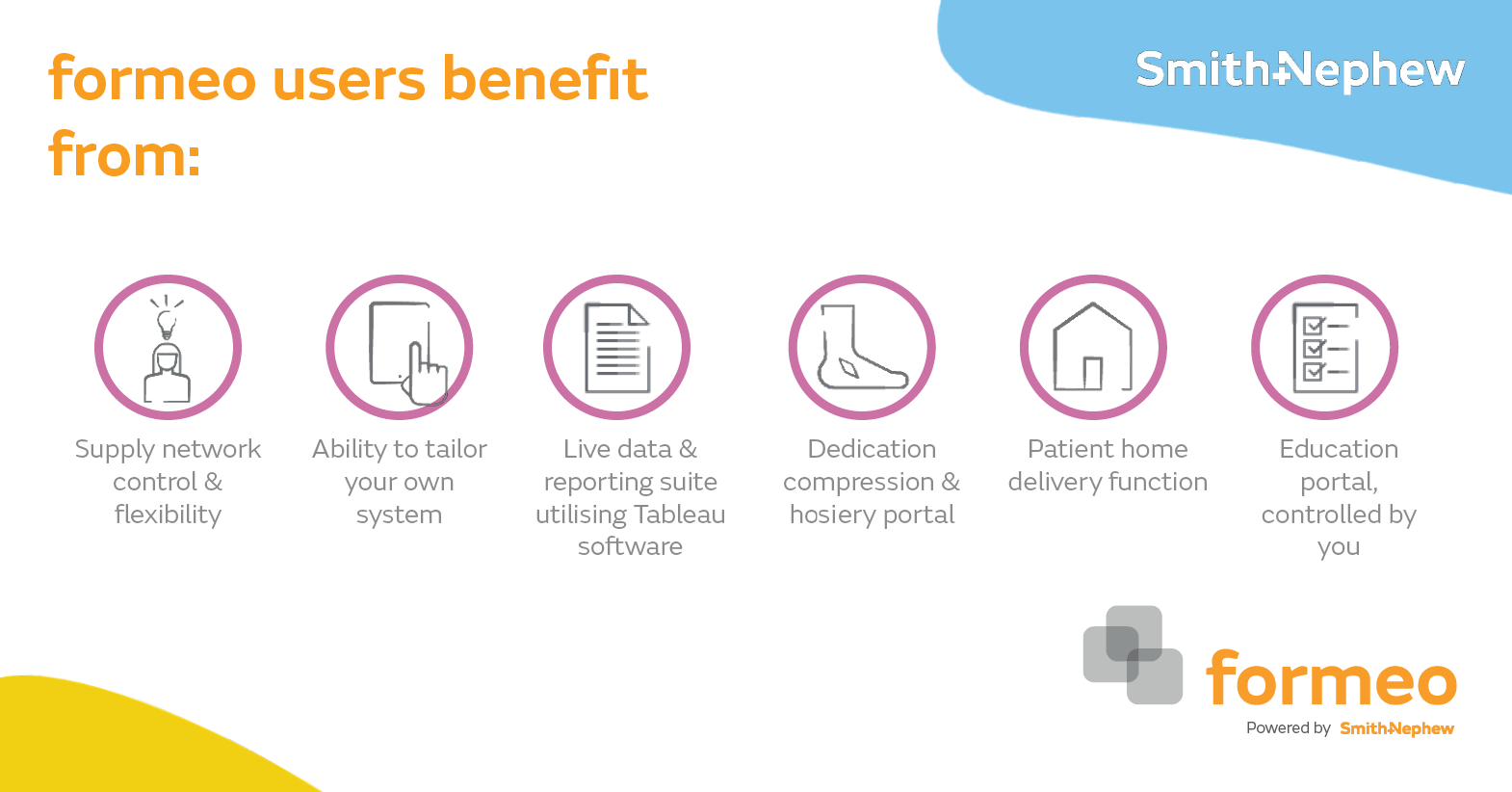Aims: To compare honey-based ointments and dressings for the treatment of paediatric partial-thickness burns and skin lesions with results from cases treated with conventional methods. Methods: Eight children (eight months–13 years) were included in the study when admitted to the emergency room (ER). Five had partial-thickness burns (2–35% total body surface area [TBSA]). The three others had necrotic ulcers, circular skin lesions and deep cervical trauma. After stabilising the patients in the ER, honey-based products were applied. Parents were given instructions on how to apply the honey ointment and dressings at home. Patients were followed up weekly on an out-patient basis. Similar cases treated with povidone iodine were collated from hospital archives for comparison. Results: All honey cases had complete epithelialisation by the end of the second week, without any adverse effects. The povidone iodine group needed on average three weeks for epithelialisation and had prolonged hospitalisation. The home care by the parents provided stress-free healing for both children and parents. Conclusions: The honey-based therapy indicates a fast (19 days vs 25–31 days), cost-effective and patient-friendlier treatment method compared to povidone iodine. Conflict of interest: None.






